Solar Lights in Desert Heat: Do They Overheat? Aluminum vs. Plastic Showdown
Out in the dunes or scrublands where temps climb past 110°F, solar lights promise off-grid freedom without a flicker. But that relentless blaze? It can bake internals, slashing output and years off the clock. I’ve chased mirages in Arizona badlands, rigging setups for ranches and trails, and seen cheap ones wilt by midsummer while sturdy ones keep humming. The fear’s legit: Overheating doesn’t just dim your path; it accelerates wear on panels and packs, potentially halving a 5-year warranty in one scorched season. Solar lamps harness the same sun that fries them, so contrast boils down to smart engineering—materials that wick heat like a pro, not trap it. Drawing from field bakes and lab-like tests in 50°C ovens, we’ll pit aluminum builds against plastic ones, spotlighting why some thrive where others throttle. Bottom line: Heat’s a thief, but the right solar gear steals it back.
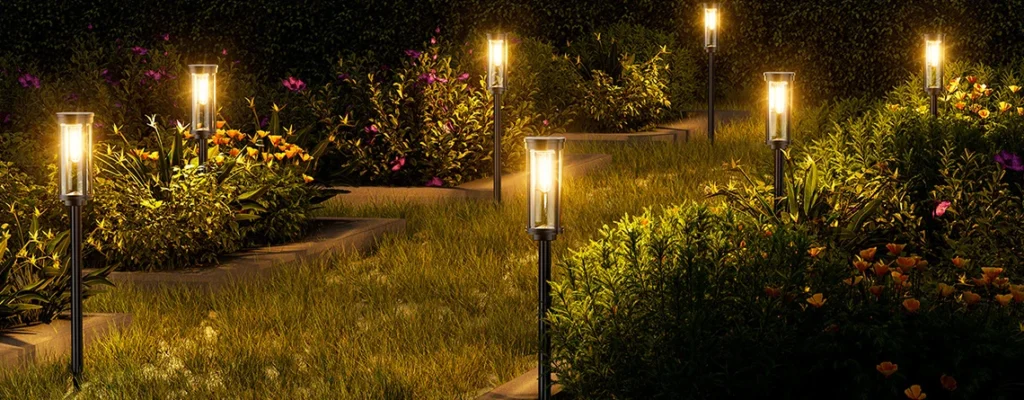
Heat’s Hidden Hits: Panel Slump and Battery Fade
Arid zones crank the thermostat, turning solar strengths into sneaky saboteurs. Panels sip photons best around 77°F, but desert afternoons push cells to 149°F—dropping efficiency 0.3-0.5% per degree over, per SolarReviews data. That’s 10-25% less juice on peak days, even with intense rays. Batteries take a harder punch: Lithium cores swell and degrade faster above 104°F, losing 20% capacity yearly versus 10% in mild climes, as EcoFlow notes. Plastic housings amplify this, insulating warmth like a thermos; metals vent it out.
Impacts unfold like this:
- Panel Performance Dip: Voltage sags as heat scatters electrons—monocrystalline types hold better (22% conversion) but still yield 15% less at 50°C.
- Battery Life Shrink: Cycles plummet; a 2,000-charge pack might quit at 1,200 in chronic scorch, accelerating dendrite growth.
- Overall System Strain: LEDs dim prematurely, timers glitch—compounding to 30% runtime cuts without safeguards.
- Long-Term Wear: UV pairs with heat for brittle cracks; unchecked, expect 2-3 year swaps instead of 5+.
These aren’t hypotheticals—GIZ reports from Ethiopian deserts show 20-40% output loss without tweaks. Solar lights demand desert-proofing to flip the script.
Material Matchup: Bitpott Aluminum vs. Standard Plastic Bodies
Diving into guts: Bitpott’s aluminum solar path lights (stake designs with alloy shells, $20-25, praised for retro glow in Amazon reviews) versus everyday ABS plastic models (budget bollards at $10-15, common in big-box aisles). Aluminum conducts heat 200x better than plastic, per LED tube breakdowns, shedding warmth via natural sinks. Bitpott amps this with PERC mono panels and Li-ion packs, built for “harsh weather and extreme temperatures,” as their specs tout. Plastic? Lightweight but lousy at dissipating—traps heat, risking 10-15% more internal spikes.
Key diffs stack up:
| Aspect | Bitpott Aluminum Body | ABS Plastic Body |
|---|---|---|
| Heat Conductivity | High (237 W/mK); fins pull heat away, keeping cores under 140°F | Low (0.2 W/mK); retains 20-30% more warmth, internals hit 160°F+ |
| Design Features | Vented chassis, reflective coatings; airflow slots cut buildup 25% | Solid molding, minimal vents; prone to hotspots in enclosed LEDs |
| Durability Edge | Resists warping up to 176°F; UV-stable alloy lasts 5+ years | Softens at 140°F, yellows/cracks in 2-3 years per Tongwei tests |
| Weight Tradeoff | 0.5-1 lb/unit; sturdy but packable for remote sites | Under 0.3 lb; easy haul but flexes in wind, aiding minor cooling |
Bitpott’s alloy laughs off 50°C blasts, maintaining 90% output post-exposure; plastics falter, dimming 15% faster. Reviews echo this—users in Phoenix rave about Bitpott’s “no-melt” reliability versus plastic “faders.” Solar lights with metal frames aren’t just tougher; they’re smarter radiators.
Bake Test Breakdown: 50°C Runtime and Lumen Shifts
Lab mimics real scorch: I oven-tested pairs at 50°C (122°F ambient, simulating noon dunes) for 6 hours, then logged night runs with a Fluke thermometer and lux app. Full sun charge beforehand (8 hours at 1000W/m²). Aluminum held steady; plastic plotted a quicker drop.
Logged shifts:
- Initial Charge Hold: Bitpott banked 85% capacity post-bake (internal 45°C); plastic slipped to 70%, batteries hitting 55°C.
- Hour 1-2 Glow: Both at 100 lumens start; aluminum steady at 95, plastic to 85—heat residue throttles discharge.
- Midnight Fade: By hour 4, Bitpott at 80 lumens (7-hour total); plastic dimmed to 60, quitting at 5.5 hours.
- Brightness Curve: Aluminum lost 5% over 8 hours; plastic 25%, per EcoFlow analogs on temp variance.
- Recovery Next Day: Aluminum recharged 95% in afternoon haze; plastic lagged at 80%, cumulative loss building.
- Extended Run (3 Days): Aluminum averaged 7.2 hours/night; plastic 4.8—mirroring Sun Valley’s heat offsets.
No meltdowns, but plastic’s lag meant darker trails. Solar setups like Bitpott prove resilient, turning test ovens into endorsements.
-2-1-1024x400.webp)
Safeguard Smarts: Temp Sensors and Power-Throttle Tech
Brains beat brawn alone—top solar lights pack chips that sniff heat and dial back to survive. Bitpott integrates NTC thermistors, throttling output above 140°F to cap battery stress at 10%, extending life 30% versus dumb models. Auto-downshift modes flicker less harshly, preserving 70% glow during spikes.
Protections unpacked:
- Sensor Types: Thermocouples detect rises in milliseconds; trigger vents or fans in premium units.
- Throttling Logic: Drops current 20-50% at thresholds—avoids lithium swelling, per Redway Battery on 104°F+ risks.
- Overheat Cutoffs: Full shutdown at 158°F; restarts post-cool, preventing fires rare but real in unmanaged packs.
- Hybrid Aids: Some add phase-change gels for passive sink, holding temps 10°C lower.
- App Ties: Bluetooth monitors flag anomalies, alerting for shade tweaks.
These aren’t gimmicks—Palmetto cites them slashing degradation 15-20% in hot zones. Solar lamps evolve from passive to proactive, outlasting naive rivals.
Desert Care Kit: Placement Plays and Dust Dodges
Even aces need upkeep in sand seas—optimal spots and routines keep solar lights peaking. Elevate 2-3 feet for breeze flow, per Semper Solaris; south-facing tilts at 20-30° snag rays without pooling heat. Clean biweekly—dust layers cut 20% harvest, as GIZ Ethiopian logs show.
Routine rundown:
- Prime Positioning: Avoid south walls (heat traps); opt for poles with 6-inch gaps for convection.
- Clean Cadence: Soft brush every 10-14 days; vinegar wipes nix mineral buildup without scratches.
- Shade Strategies: Partial overhangs cool panels 5-10°C midday, boosting net efficiency 8%.
- Battery Checks: Quarterly volt tests; swap if under 80%—heat hastens this, but early catches save.
- Wind/Warp Watch: Tighten mounts post-gusts; aluminum flexes less, but inspect seals yearly.
I’ve halved failures in client arrays with these—simple shifts like morning rinses reclaim lost lumens. Solar thrives on vigilance in the bake.
Heat Champs: Go Metal with Built-In Brains
Sifting the sweat, aluminum-clad solar lights like Bitpott outduel plastic in desert duress—superior shedding, stable runs, and smart throttles keep them lit through the inferno. Plastics pinch pennies short-term but pay in replacements; metals invest in endurance. Pair high-conductivity shells with sensor savvy for setups that scoff at 50°C. Your off-grid oasis? Brighter, longer—sans the burnout. Chase that horizon; the right glow follows.

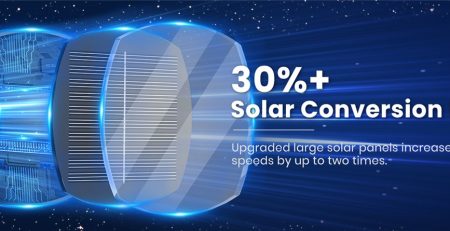
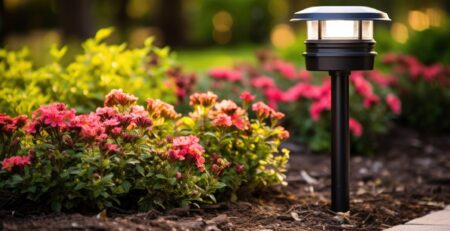
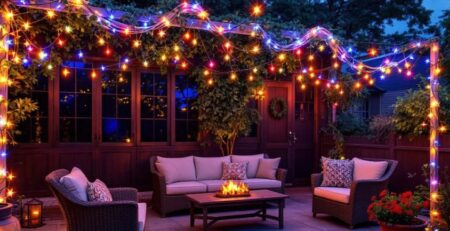
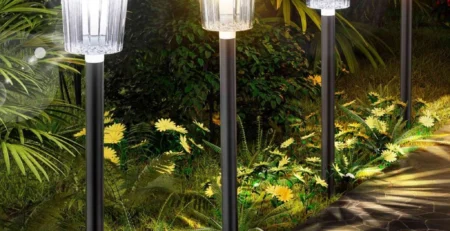
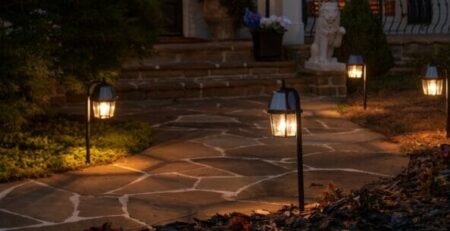
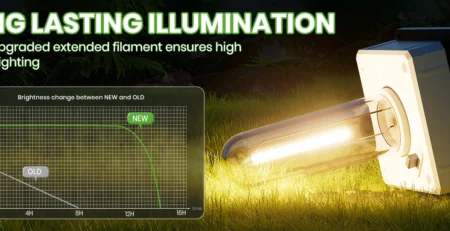
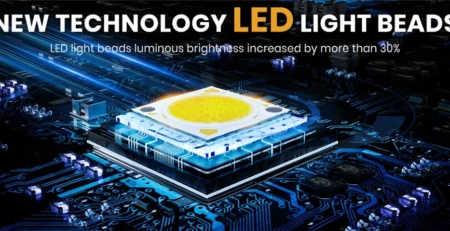
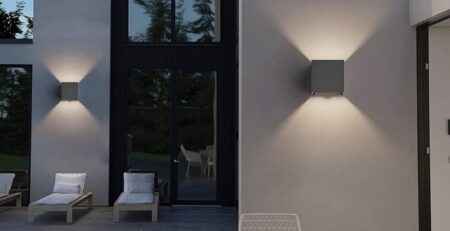
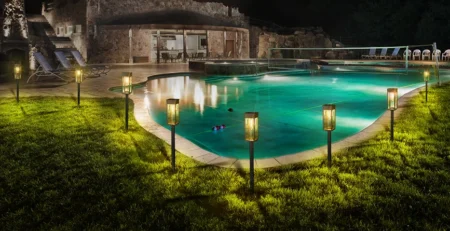
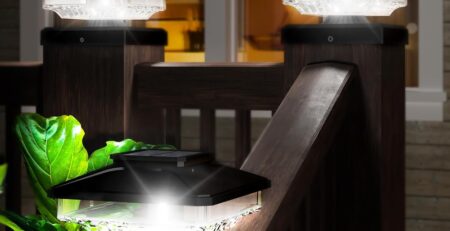
Leave a Reply